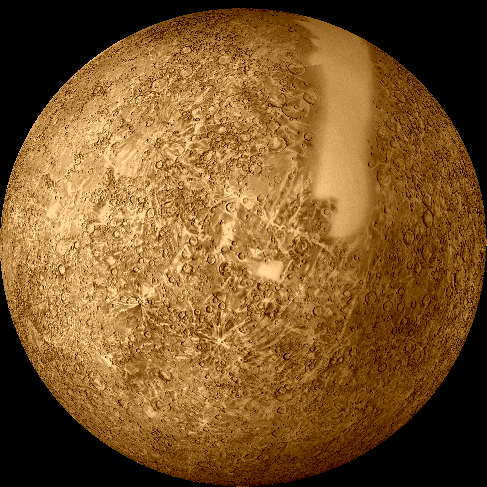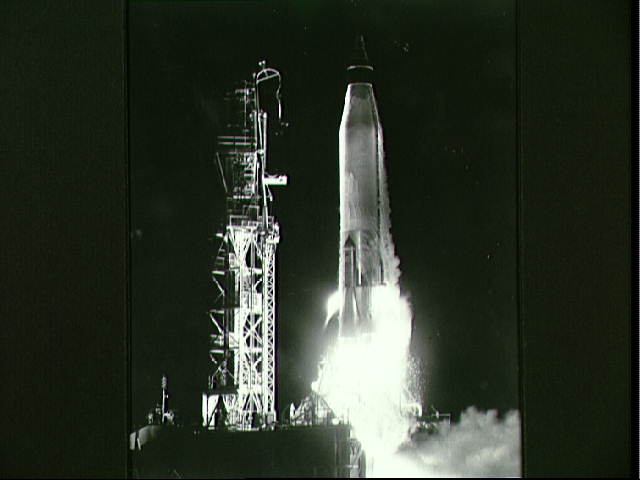First off, thanks to everybody who commented on the space history quasi-series, whether here, on Twitter, or on Facebook. (I got no LinkedIn comments, but it isn’t quite as convenient for communicating.) I appreciate the feedback!
Now, for today’s entry …
A half-century ago today (which is hard to write because I’m getting closer to that age every day) — January 21, 1960 — NASA launched the Little Joe 1B test vehicle from Wallops Island, VA.

(Little Joe 1B launch. NASA image.)
Like the Little Joe 2 launch a few weeks before,* which I blogged about here, this test of the Mercury abort system carried a rhesus monkey. In this case, the passenger was “Miss Sam,” the mate of “Sam” who had flown on the previous launch.

(“Miss Sam” in her protective couch, prior to the Little Joe 1B launch. NASA image from Wikimedia Commons.)
“Miss Sam”‘s launch only placed her about 9 miles in altitude, however, so she did not earn her astronaut wings.
For a fascinating history of animals (especially monkeys!) in space, check out this NASA page.
___
*The Little Joe launches were not in numerical order, for some reason.














